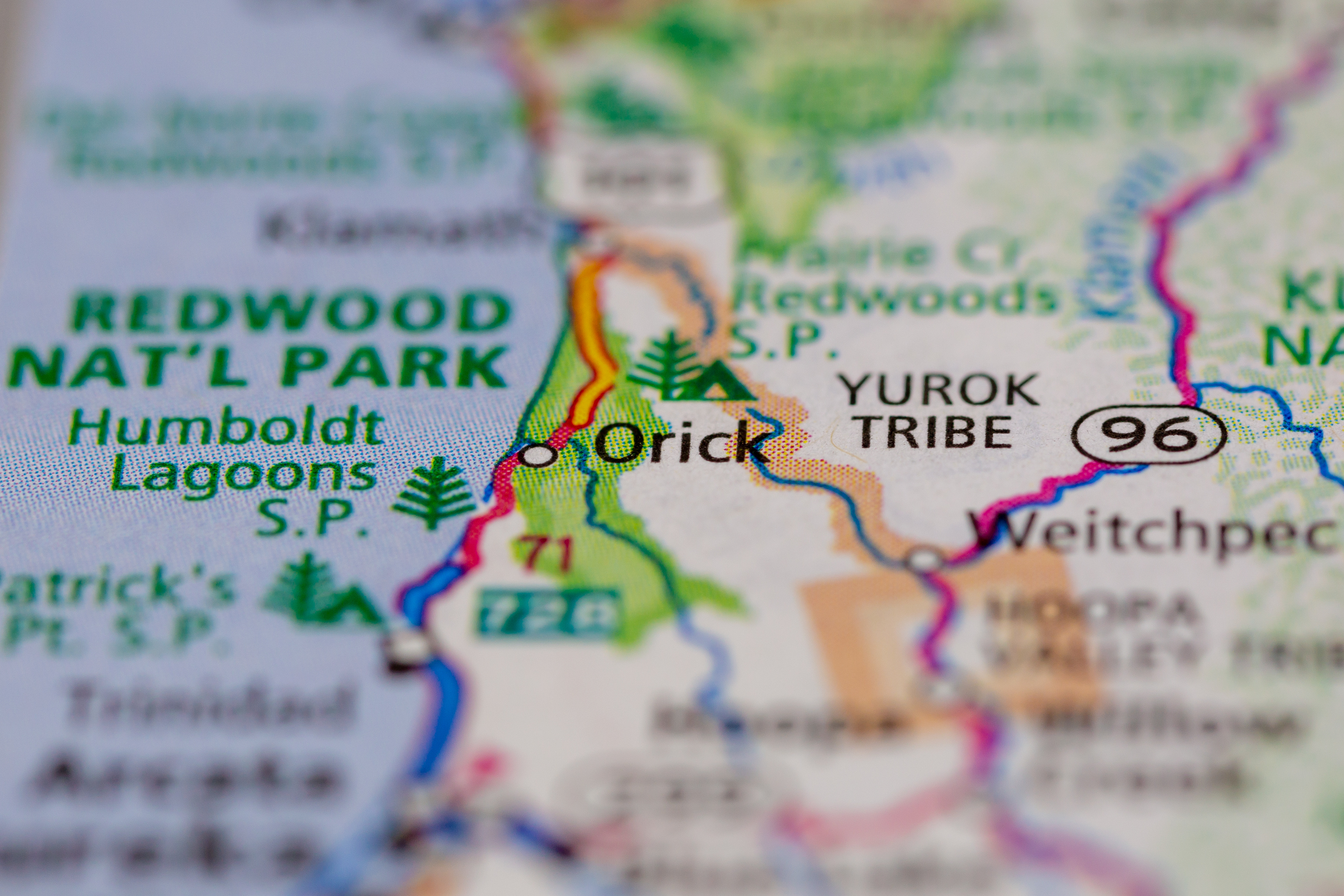03/28/24
Best of the West: Sustainably powering data centers; A hot spot for geothermal exploration; Expanding biodiesel production; Tribal management of a National Park; and a site for the origins of life

The Western Governors' Association keeps you updated on the latest news in the West. Here are the top stories for the week starting March 25, 2024. (Photos courtesy of mihrzn, Google, and Gary L Hider).
The growth of automation, artificial intelligence, and business continuity are rapidly increasing the already high demand for data centers, which the International Energy Agency says accounts for about 1.5% of global energy consumption. The tech world, however, has made significant efforts to decarbonize its growing footprint.
Google broke ground on a $600 million data center in Mesa, Arizona, earlier this year. The company has now reached an eight-year deal with the Salt River Project to power the facility with clean energy. The agreement involves three facilities operated by NextEra Energy, where wind and solar energy provide power to SRP’s grid.
.webp) Earlier this year, Google also announced that has started using geothermal power to run some of its data centers in Nevada. The new plant, built by Fervo, uses enhanced geothermal energy to draw heat from deep underground up to the surface.
Earlier this year, Google also announced that has started using geothermal power to run some of its data centers in Nevada. The new plant, built by Fervo, uses enhanced geothermal energy to draw heat from deep underground up to the surface.
Learn more about enhanced geothermal systems by listening to an episode of WGA’s Out West podcast with Colorado Governor Jared Polis, and geothermal experts from the Utah FORGE laboratory, the National Renewable Energy Laboratory, Cyrq Energy, and Ormat Technologies.
Hydrogen is also a viable option for data centers to replace diesel as the primary source of backup power and eventually become a primary source of power.
To help support this endeavor, The US Department of Energy (DOE) awarded $750 million to 52 projects across 24 states aimed at reducing the cost of clean hydrogen and increasing the available supply. Among those awarded funds is Plug Power, a fuel cell company that earlier this month said that it expected its sales to data center companies to begin to pick up in late 2025.
Other data center operators are looking at using advanced nuclear reactors.
Amazon Web Services (AWS) recently secured a nuclear-powered data center campus as part of a $650 million agreement with Texas-based electricity generation and transmission company Talen Energy. AWS’s acquisition includes the Cumulus data center complex, situated next to Talen’s 2.5 gigawatt Susquehanna nuclear power plant in the northwest of Pennsylvania.
Microgrids are also being increasingly deployed to provide carbon-free energy and resilience for data centers. For example, last year Microsoft announced a partnership with microgrid provider Enchanted Rock and U.S. Energy to power Microsoft's new data center in San Jose, California, during grid outages.
Geothermal Hot Spot: With scores of former oil industry employees who possess in-depth knowledge of geology, drilling, and extraction, Texas has become an early hot spot for geothermal energy exploration.
“We’ve punched over a million holes in the ground in Texas since Spindletop,” said former Texas oil and gas regulator Barry Smitherman, who has become a geothermal advocate. “So we have a lot of knowledge, and we have a lot of history and skill set.”
Intergenerational Poverty: The Kansas Department for Children and Families recently announced a new approach to improving the health, social, and economic outcomes of the next generation by launching 2Gen Kansas. The two-generation approach (2Gen Approach), led by Ascend at the Aspen Institute, works to end intergenerational poverty by supporting children and their parents, or care providers, as an access point by assisting families in applying for programs such as Food Assistance, USDA Commodity Programs, Child Care Assistance, Low Income Energy Assistance Program, and Vocational Rehabilitation Services.
Expanding Biodiesel Production: March 18 was National Biodiesel Day, which marks the birthday of German inventor Rudolf Diesel, whose original design used peanut oil instead of the vegetable oil that is used today. In celebration, Pacific Biodiesel announced it would expand its fuel crop project to Kauaʻi as part of an agreement with a U.S. Army Corps of Engineers laboratory to demonstrate the viablity of renewable biofuel produced from local oilseed cover crops such as sunflower. "All of the utilities now recognize that in order to get to 100% and address the state mandate by 2045, they need to have a percentage of firm power," Kelly King, the co-founder of Pacific Biodiesel, said. "We finally got [Hawaiian Electric] to give us an estimated number of what that is, and they're saying, the last I heard, it was somewhere around 12% of their energy would be biofuels."
Learn more about the potential for bioenergy to decarbonize energy systems by watching the Low Carbon Energy and BECCS panel from the recent Decarbonizing the West initiative workshop in Portland.
 Tribal National Park Management: The Yurok Tribe in California, which had 90% of its territory taken from it during the Gold Rush of the mid-1800s, recently signed a historic memorandum of understanding with Redwood National and State Parks and the Save the Redwoods League to become the first Native people to manage tribal land with the National Park Service. As part of the agreement, the tribe will take ownership of 125 acres near the tiny Northern California community of Orick in 2026. The site will introduce visitors to Yurok customs, culture, and history, the tribe said.
Tribal National Park Management: The Yurok Tribe in California, which had 90% of its territory taken from it during the Gold Rush of the mid-1800s, recently signed a historic memorandum of understanding with Redwood National and State Parks and the Save the Redwoods League to become the first Native people to manage tribal land with the National Park Service. As part of the agreement, the tribe will take ownership of 125 acres near the tiny Northern California community of Orick in 2026. The site will introduce visitors to Yurok customs, culture, and history, the tribe said.
The Origins of Life: Researchers at the University of Washington recently identified a shallow soda lake in British Columbia called Last Chance Lake as a potential site for the origins of life on Earth. Having the perfect combination of conditions and resources to turn inorganic elements into organic compounds, Last Chance Lake possesses, “plausible origin-of-life settings with sufficient phosphate for prebiotic synthesis,” the study reported.